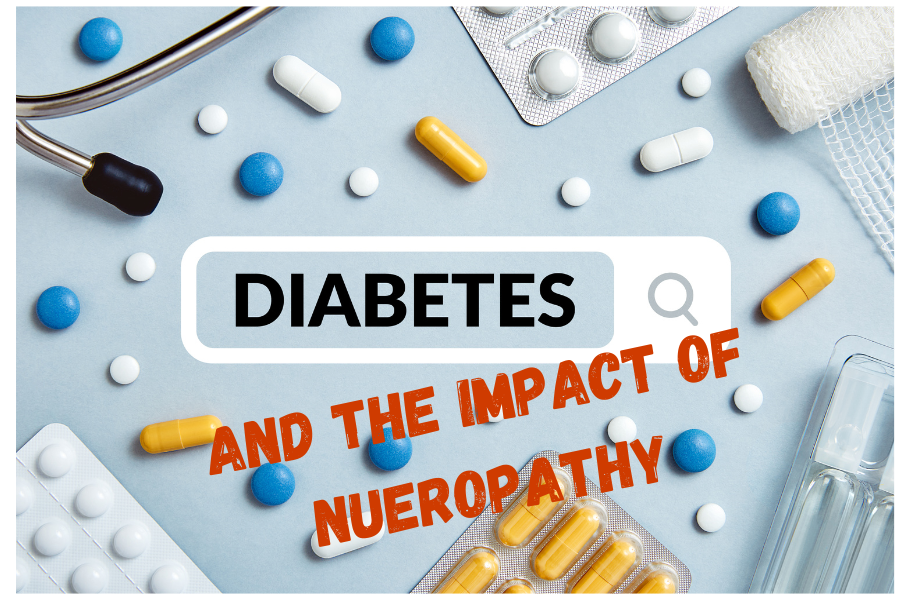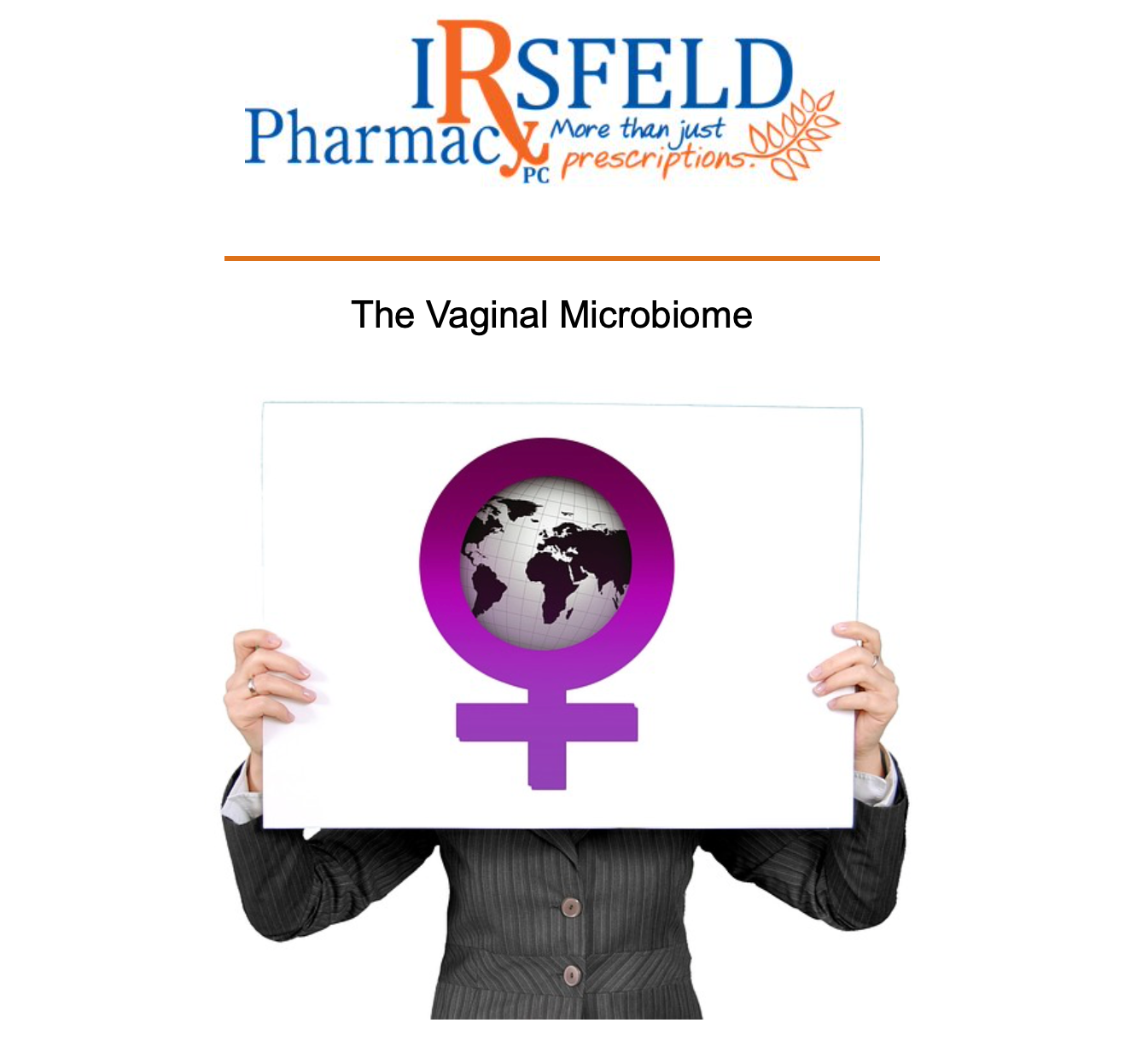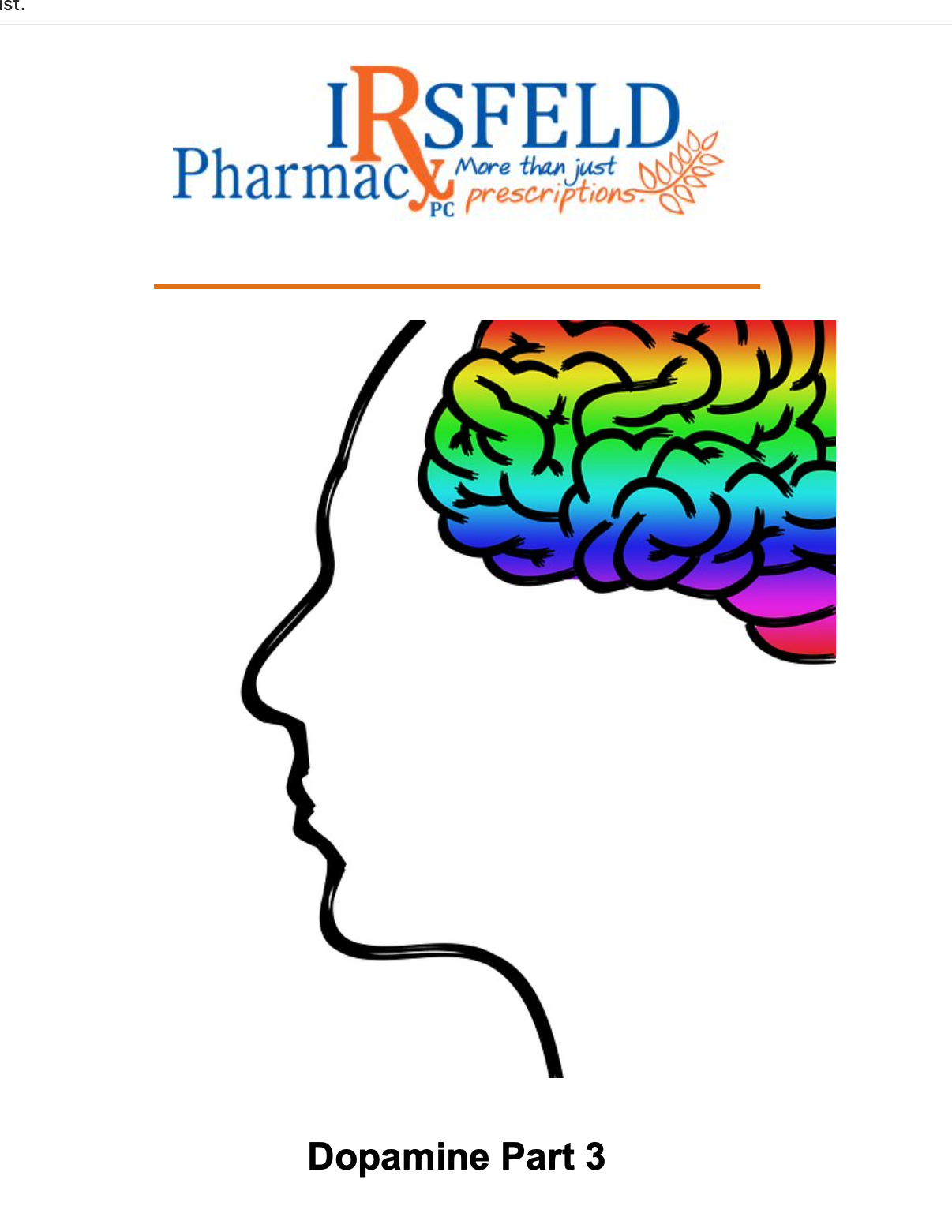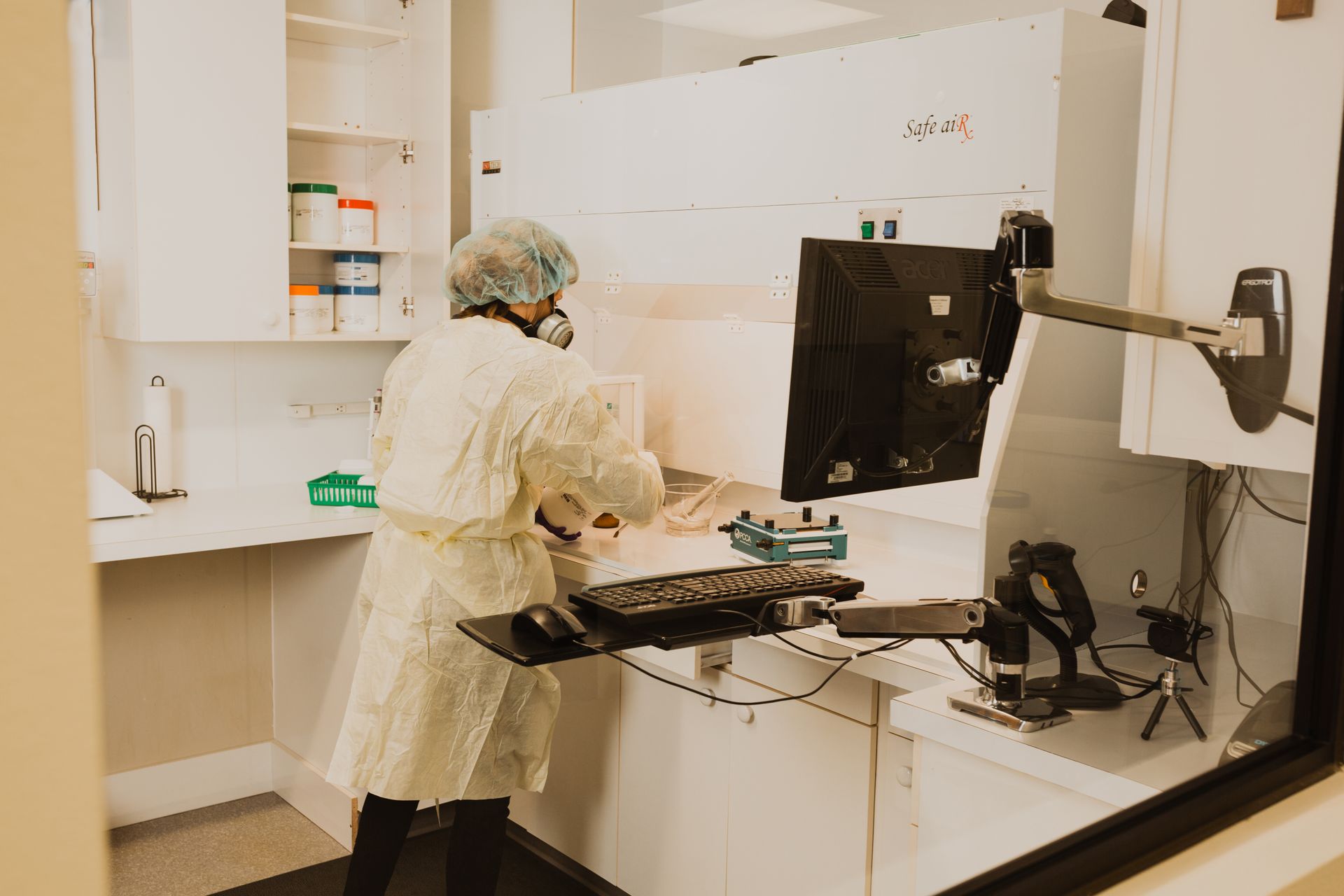Key Nutrients for Kids

We are so blessed to have such a kind and knowledgeable patient population who are willing to share their knowledge to better help the greater community. Every day patients educate us about what they are doing in regards to promoting and improving their health. A recent question was asked about a two-month-old child and if they needed to be on any specific supplements. The subject of supplements for these little ones is near and dear to my heart as I have two small granddaughters the older one is highly offended when I refer to her as “small fry”. She thinks she is a “big fry”.
When presented with the patient's question, I responded with a question and asked, "Was your child born via C-section or vaginally"? The answer to my question was that their child was born via C-section. C-section is an abbreviation for birth that occurs from a surgical procedure called a cesarean section. You may be wondering why that makes a difference. In a vaginal birth, the baby enters the world via the birth canal. The canal is populated with bacteria from the mother and is a source of bacteria for the newborn.
Keep in mind that whether your baby is born vaginally or C-section, the goal for everyone involved in the birthing process is to ensure that both the mother and the baby are kept healthy and safe.
Is bacteria a bad thing to be giving a newborn? We need bacteria in and on our bodies as part of our natural flora. Bacteria in our gastrointestinal system helps with digestion and in the formation of specific vitamins and nutrients. Balance is the key to bacteria as we have both good and bad bacteria, but they can co-exist when kept in a harmonious balance. When the gut is out of balance, we run into problems, the most common being loose stools and diarrhea.
In a child born via C-section, the baby is surgically removed from the mother's womb and enters the world without the benefit of bacteria from the birth canal. There are many reasons for a C-section, including a very large baby and the mother has a small pelvis, twins or multiples, diabetes or high blood pressure, or the possibility of infection passed to the baby in the birthing process. Studies show that children born via C-section are more prone to chronic health problems, including asthma and obesity.
A technique called vaginal seeding has been used and is currently being studied by several groups of scientists to see if a benefit can be achieved. Vaginal seeding is a procedure where the vaginal fluids of the mother are applied to the newborn shortly after a C-section birth. The purpose is to recreate the natural transfer of bacteria received during vaginal delivery. When you think about this, it makes sense as to why you would consider this option.
Most infant forms of probiotics include strains from the Bifidobacterium and Lactobacillus families of probiotics. Probiotics may be an option for newborns with gut issues or born via C-section but should be discussed with a pediatrician in children less than six months.
Breastfeeding is universally recommended up to 6 months of age and longer if possible. Every mother/baby relationship is different, affecting how long a mother can breastfeed. In most instances, this is the only form of nutrition that the baby takes in. Ensure that the mother is eating a balanced diet, including one rich in Omega 3 fatty acids or fish oil. Many of my articles have focused on Omega 3 fatty acids and their benefits and knowing your omega 3 status. We can take the testing of Omega 3's to another level with a test that measures the amount of Omega 3's in breast milk.
The two main active ingredients to look for in an Omega 3 product are EPA or eicosapentaenoic acid and DHA or docosahexaenoic acid. The one to focus on in children is DHA, a structural component of the brain, skin, and retina. DHA comprises 40% of polyunsaturated fatty acids in the brain and 60% in the retina, so we know these are hugely important in children's early development.
Women wanting to become pregnant or when breastfeeding should eat foods high in omega-3 fatty acids. The recommendation would be to get 300mg of DHA from diet or through supplementation. Infant dosing of omega-3 fatty acids is weight-based.
The last recommendation for infant supplementation is vitamin D3. If you routinely read this article, you will know that from September to April, I recommend vitamin D for everyone, and that is due to the lack of potency of our sun and our skin's ability to make vitamin D by this exposure. Another factor affecting vitamin D is the use of sunscreens on babies. Sunscreen blocks the UV rays from making Vitamin D in our skin.
Breast milk alone does not provide infants with adequate amounts of Vitamin D. To avoid developing a vitamin D deficiency, the American Academy of Pediatrics Dietary Guidelines recommend that breastfed infants supplement with 400 IU per day vitamin D beginning in the first few days of life.
Vitamin D is important in so many areas of our body, including our immune system. To maintain healthy bones, mood, and memory, testing is as easy as a finger stick.
These are all thoughts and ideas that should be discussed with your health care provider. The vitamin D recommendation is currently the standard of care. Omega 3's fatty acids are seen as a benefit and are included in most prenatal vitamins. However, testing Omega 3's, especially breast milk, is not something that is routinely done. Probiotics and vaginal seeding are newer concepts in the pediatric world, and research on gut bacteria is ever-evolving.
If you would like more information on specific supplements for infants and children, call the pharmacy @ 701-483-4858 or stop in and visit with my staff to answer any questions. Please visit my website at www.irsfeldpharmacy.com to find this and other archived articles in the blog section.
Until next time, be vigilant about your health!!!
VISIT US
HOURS
HOURS
CONTACT US
Fax #: (701) 483-4926












Share On: